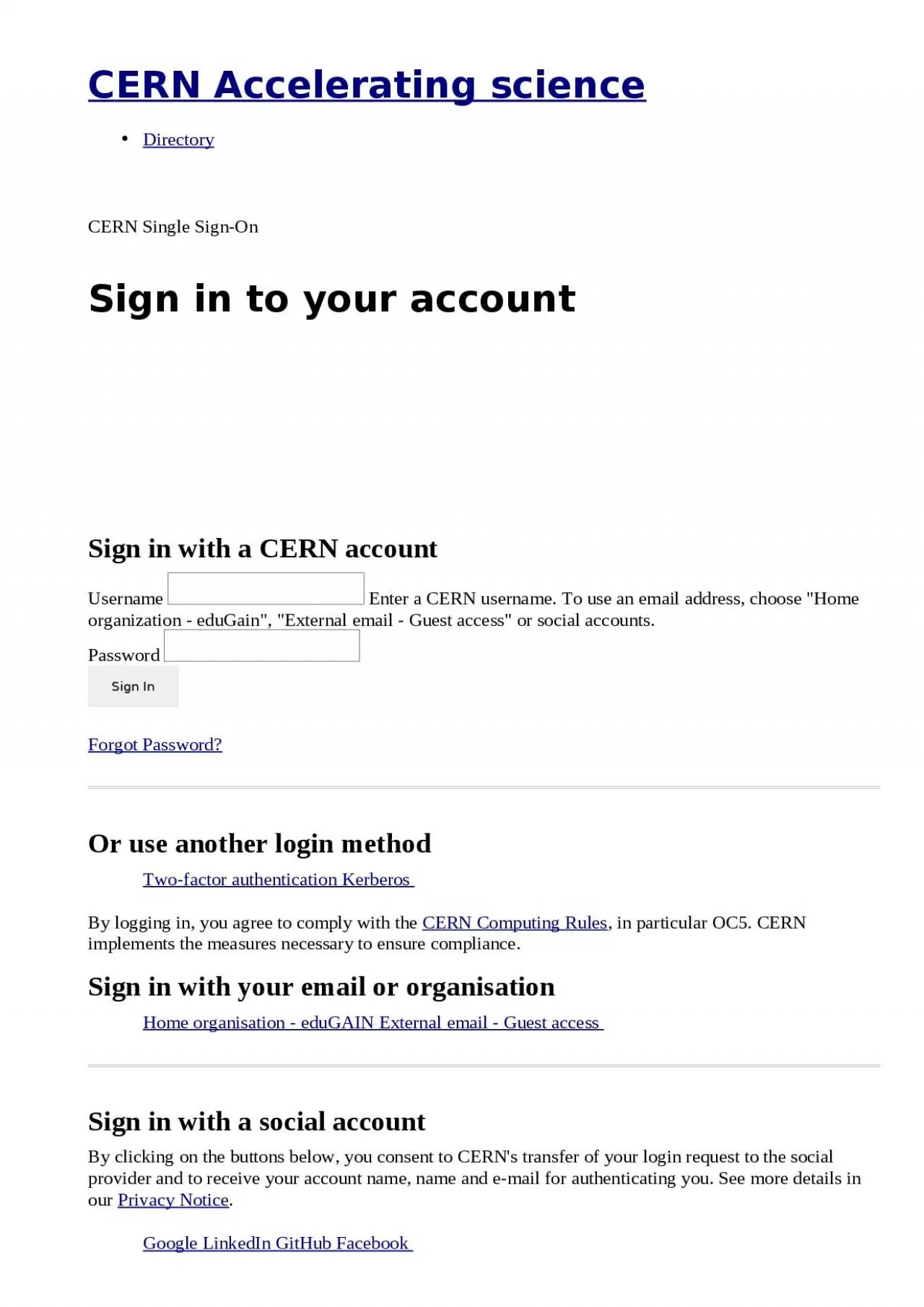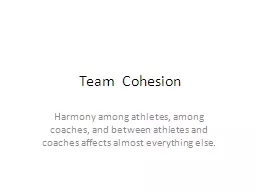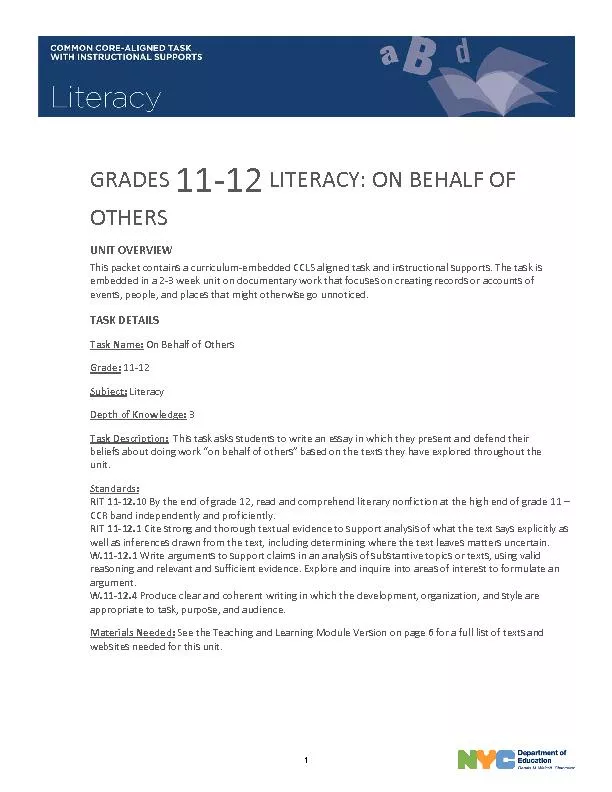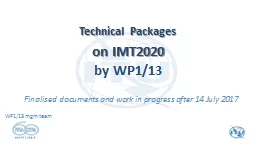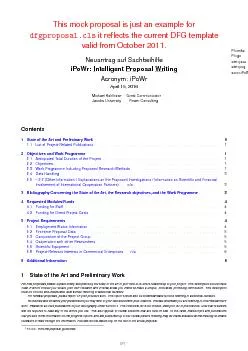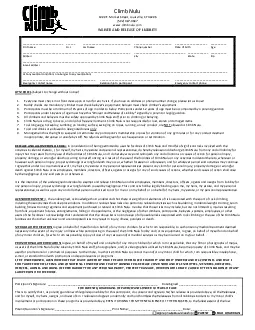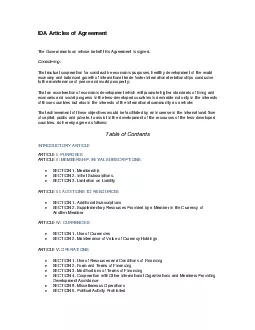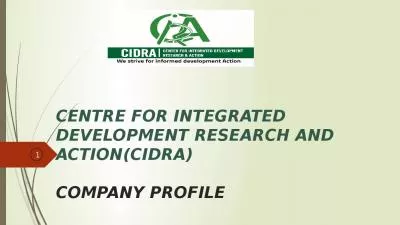PPT-On behalf of WP1 Team Members
Author : okelly | Published Date : 2024-02-09
Work Package 1 Status update Alice Simniceanu Luca Fontana WHO CERN 12 September 2023 Objective 11092023 2 Disseminate the technology Develop a User Interface
Presentation Embed Code
Download Presentation
Download Presentation The PPT/PDF document "On behalf of WP1 Team Members" is the property of its rightful owner. Permission is granted to download and print the materials on this website for personal, non-commercial use only, and to display it on your personal computer provided you do not modify the materials and that you retain all copyright notices contained in the materials. By downloading content from our website, you accept the terms of this agreement.
On behalf of WP1 Team Members: Transcript
Download Rules Of Document
"On behalf of WP1 Team Members"The content belongs to its owner. You may download and print it for personal use, without modification, and keep all copyright notices. By downloading, you agree to these terms.
Related Documents

